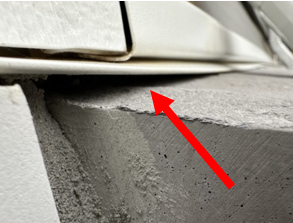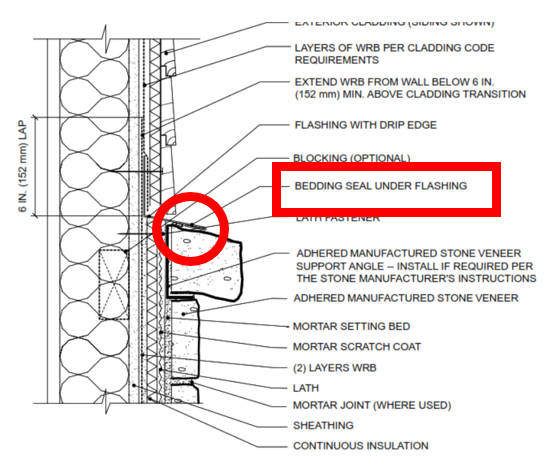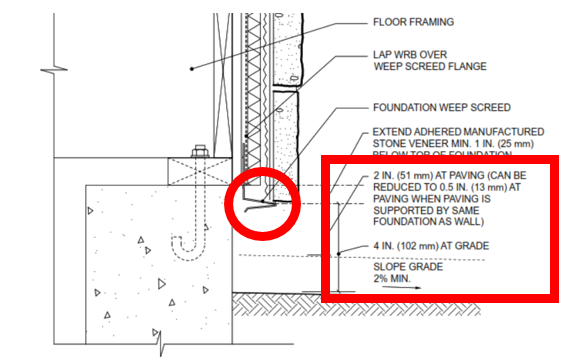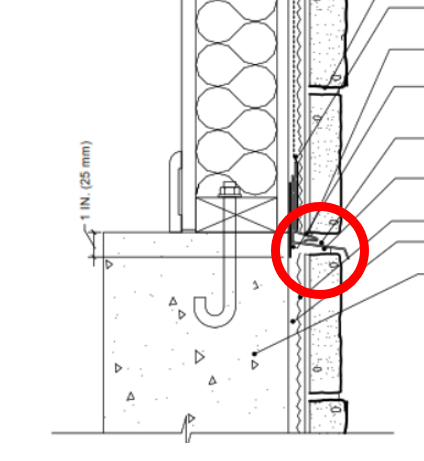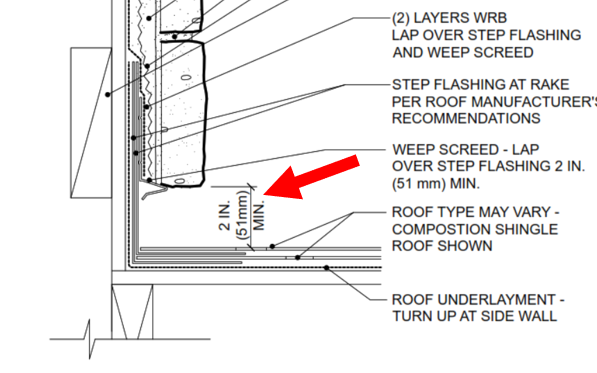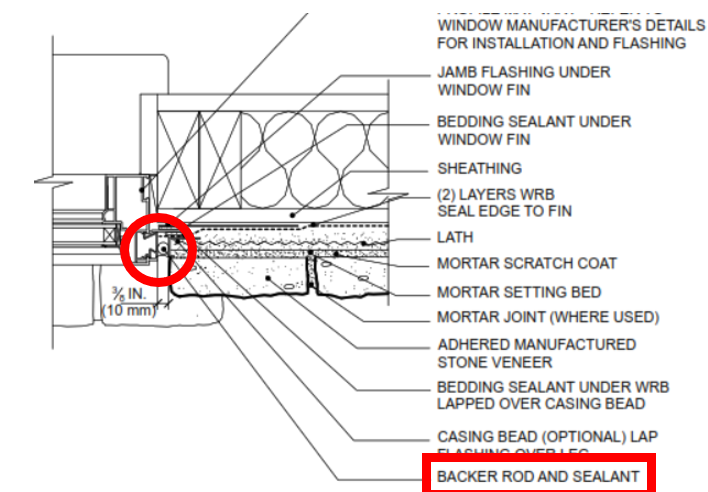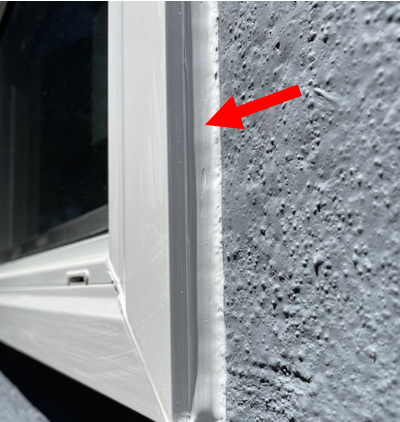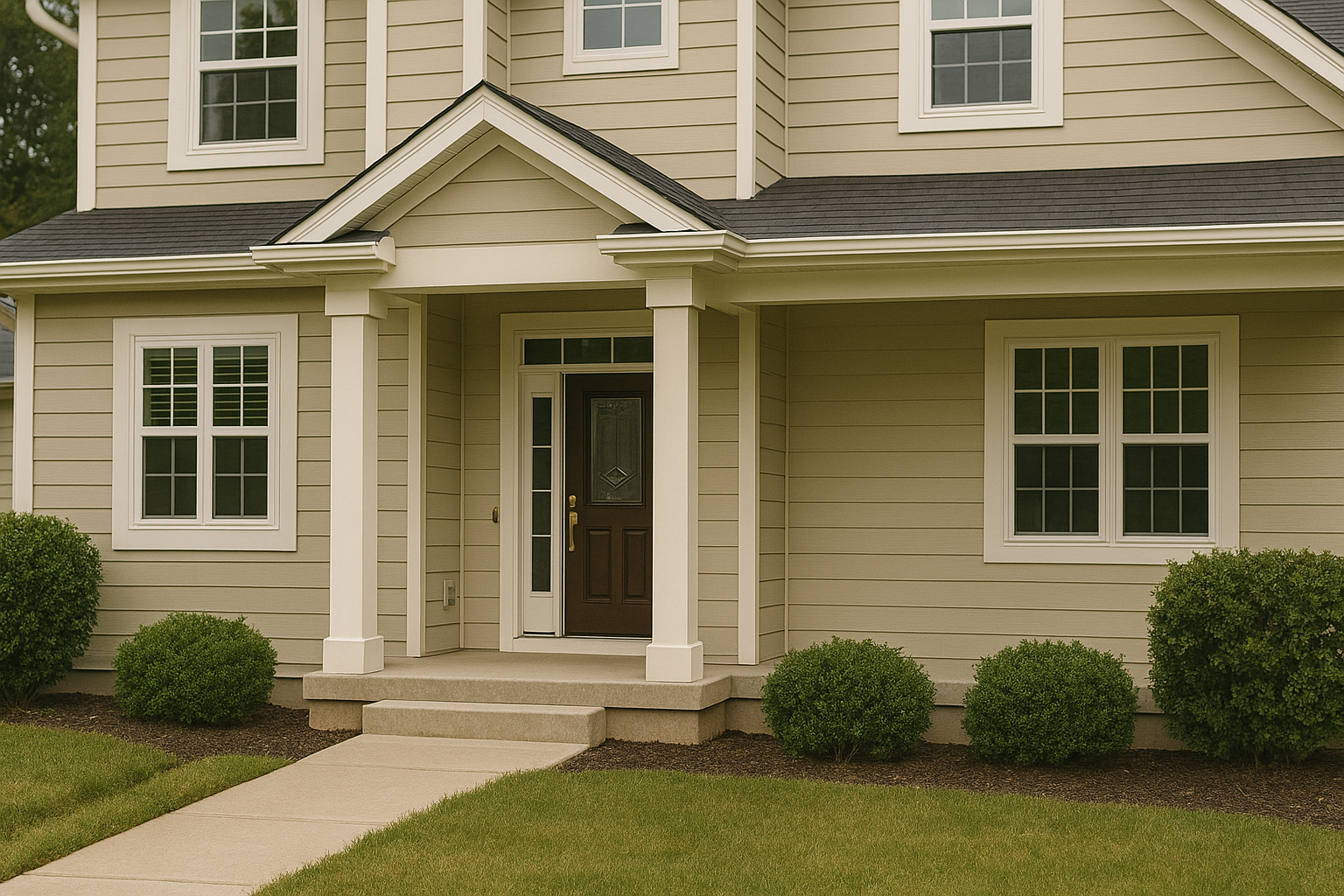By Wendy J. Hess, Puffer Morris Real Estate
•
May 15, 2025
Imagine showing your clients a beautiful home overlooking a serene landscape of neatly plowed fields and contented cows grazing in the distance. As you walk out on the stone patio, you tell them confidently, because you read in the agent remarks notes that the farm was enrolled in the Clean and Green Program, “this land and the amazing view will never be compromised with a housing development or anything else!” Your clients love the expansive openness, and the house, and settle on the property in short order. Then imagine getting a very angry call in three years’ time from these same clients, stating that the farm was sold and ugly mcmansions are about to be littering their landscape and how could you have lied and how could you be so ill informed and we are never going to recommend you to any of our friends, ever again! It feels like the making of a terrible stress dream, but it could easily happen if you don’t do your research into land preservation. There are different agricultural programs in place in Lancaster County and are not all created equal. This fictional farm above was part of the “ Clean and Green ” Program, which was enacted in 1974 as a tool to encourage protection of Pennsylvania’s valuable farmland, forestland, and open spaces. It applies to property ten acres or more and helps the landowner in that it bases property taxes on use values rather than fair market values, which ordinarily results in a substantial tax savings for the landowner. More than 9.3 million acres are enrolled statewide. However, it is not a guarantee that land enrolled in the program will never be changed from its origin. When a landowner, for example, decides to sell his farm to a developer, the party is subject to seven years of rollback taxes at 6% interest per year. The rollback tax is the difference between what was paid under Clean and Green versus what would have been paid, if the property had not been enrolled, plus 6% simple interest per year. So while seemingly substantial, may actually amount to small potatoes in the event the farm is being sold to a developer. A much more serious dedication to preserving land is “ The Pennsylvania Agricultural Conservation Easement Purchase Program ”. It was developed to strengthen Pennsylvania's agricultural economy and protect prime farmland. It enables state and county governments to purchase conservation easements from farmers. The program was approved in 1988, and the first easement was purchased in December of 1989. To date, 6,400+ farms have been approved for easement purchases totaling 645,000+ acres. You undoubtedly have heard of the Lancaster Farmland Trust , which is a non-profit acting in the same manner but by using private funds to preserve farms. To date they have “saved” over 600 farms and they also add value by working with farmers to help implement conservation practices, etc. While it is tempting to assure a client that preserved farmland will never be altered from its present form, I would hesitate to make such a declarative statement that could someday find its way of being undone. In the current climate, it seems long held rules were made to be broken, and nothing is guaranteed. -Copyright © Clean & Green, Wendy Hess, Puffer Morris Real Estate. 2025. All Rights Reserved. Facts, opinions and information expressed in the Blog represent the work of the author and are believed to be accurate, but are not guaranteed. The Lancaster County Association of Realtors is not liable for any potential errors, omissions or outdated information. If errors are noted within a post, please notify the Association. Posts represent the author's opinion and are not necessarily the opinion of the Association.





